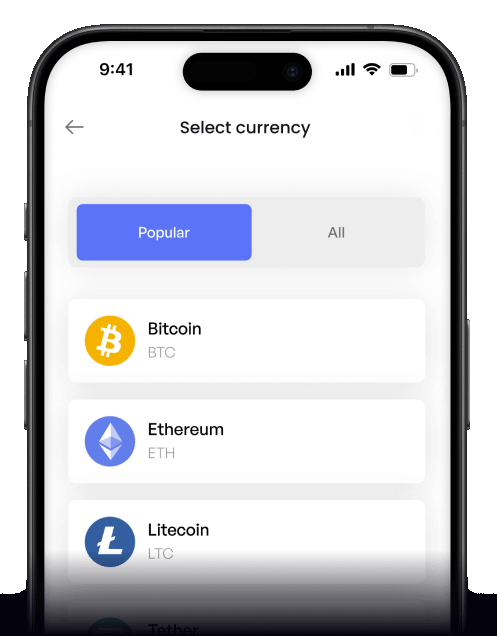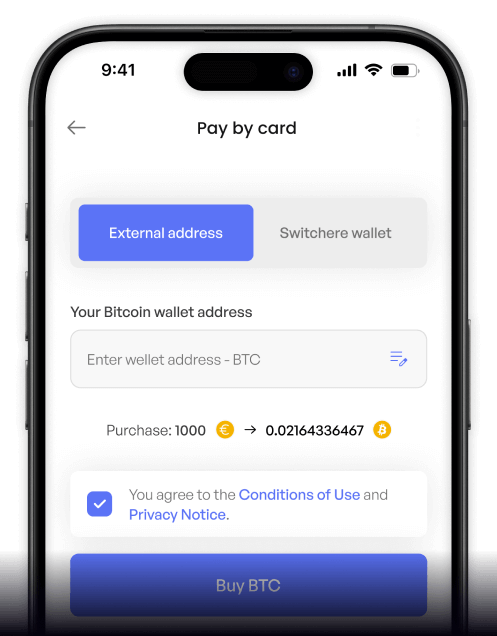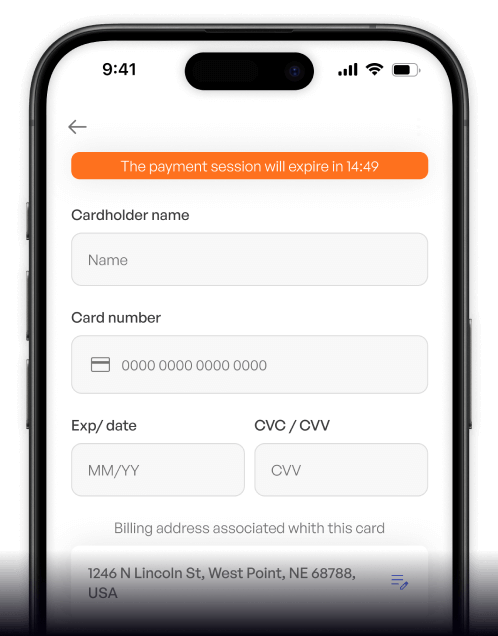Convert
Japanese yen (JPY) to Balancer (BAL) Instantly
Purchase Balancer (BAL) with Japanese yen (JPY) easily at Switchere and benefit from fast, secure transactions.
About
Balancer (BAL)
Balancer (BAL) is a core piece of decentralized finance (DeFi) infrastructure, functioning as a highly flexible automated market maker (AMM) and liquidity protocol. Unlike traditional AMMs that often require 50/50 asset pairs, Balancer's key innovation is its use of customizable, multi-token liquidity pools, also known as smart pools. This allows anyone to create self-balancing portfolios or decentralized index funds where assets are held in specific, weighted proportions. This design not only provides deep, programmable liquidity for traders but also creates arbitrage opportunities that drive the pools back to their intended weighting, effectively automating portfolio management for liquidity providers on its decentralized network.
The protocol's evolution to Balancer V2 introduced a groundbreaking single Vault architecture. This design separates the AMM logic from the token management and accounting, massively improving gas efficiency and capital efficiency. All trades within the Balancer ecosystem are routed through this single Vault, enabling complex multi-hop trades to be executed with significantly lower transaction costs. The native digital asset of the protocol, BAL, serves as a critical governance token. Holders of the BAL utility token can participate in on-chain governance, voting on protocol upgrades, fee changes, and directing the allocation of liquidity mining rewards, thereby shaping the future of this essential Web3 infrastructure.
How to Buy Balancer (BAL)
Popular Coins for Japanese yen (JPY)
Other Coins for Japanese yen (JPY)
Frequently asked questions
-
What does the JPY/BAL trading pair represent on a cryptocurrency exchange?
The JPY/BAL pair represents a direct fiat on-ramp allowing users to purchase Balancer's native governance token (BAL) using Japanese Yen (JPY). On a cryptocurrency exchange, this transaction can occur through a traditional order book system, matching buyers and sellers, or via an Automated Market Maker (AMM) interface, which is central to the Balancer Protocol itself. This provides a direct pathway into the Balancer decentralized finance ecosystem. -
What are the typical methods to fund an account with Japanese Yen to buy BAL?
To buy the BAL digital asset with JPY, users on regulated Japanese exchanges typically utilize several local payment methods. The most common are JPY bank transfers (Furikomi), which are known for their reliability. Some platforms may also accept credit/debit card payments, though this can sometimes incur higher fees. All reputable exchanges will require KYC/AML compliance before enabling JPY deposits. -
What is the strategic advantage of using JPY to acquire the BAL governance token?
Acquiring the BAL governance token with JPY provides direct entry into the Balancer Protocol's ecosystem. Holding BAL grants users voting rights on protocol upgrades and parameter changes. Furthermore, it's a key component in certain yield farming strategies and can be used to participate in advanced features like weighted pools, providing more than just speculative exposure to a digital asset. -
Before buying BAL, what core concepts of the Balancer Protocol are important?
Understanding Balancer's unique Automated Market Maker (AMM) design is crucial. Key concepts include its Vault architecture, which separates token accounting from pool logic for efficiency, and the flexibility of its weighted pools, allowing for multi-token liquidity pools with custom asset ratios. Users should also be aware of the smart order router, which finds the most efficient trading path across various pools to minimize slippage. -
What should I consider regarding transaction fees and security for JPY to BAL trades?
When executing a JPY to BAL trade, consider both the exchange's trading fees and potential network fees for withdrawal. For security, always use a reputable exchange that complies with Financial Services Agency (FSA) regulations. After purchase, it's best practice to move your BAL tokens from the exchange to a personal digital wallet where you control the private keys. Enable two-factor authentication (2FA) on your exchange account for an added layer of protection.






